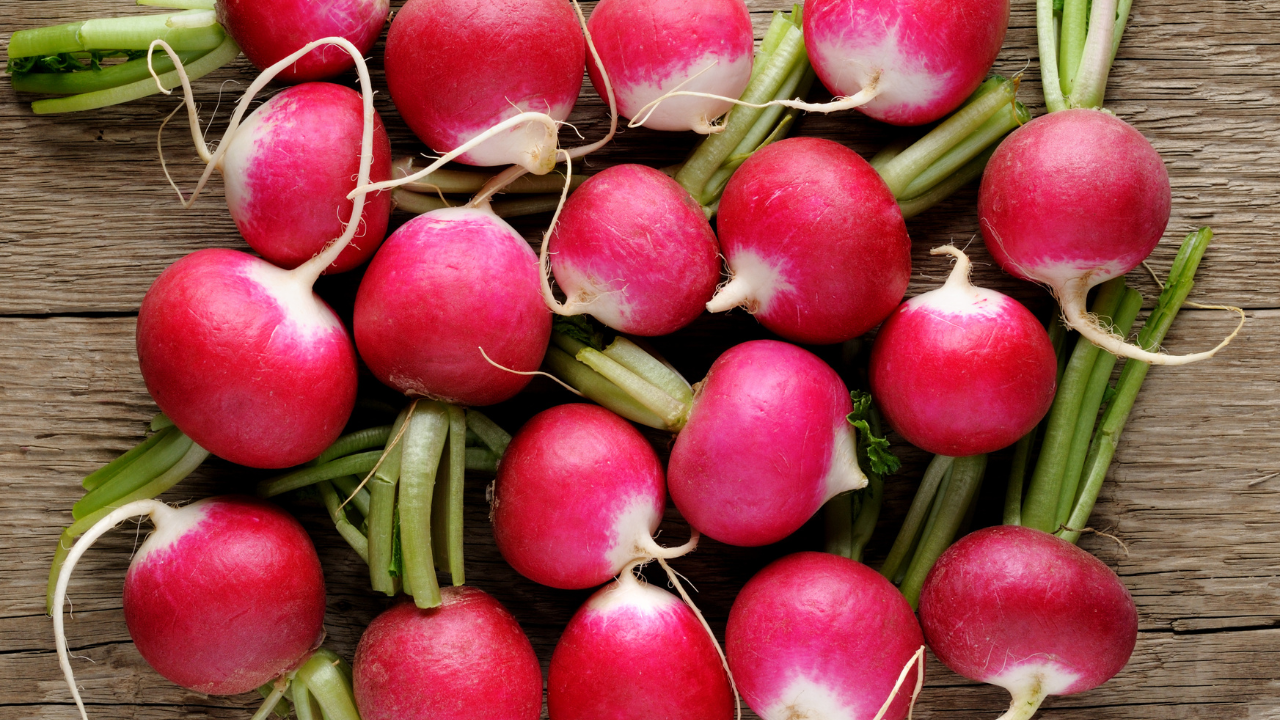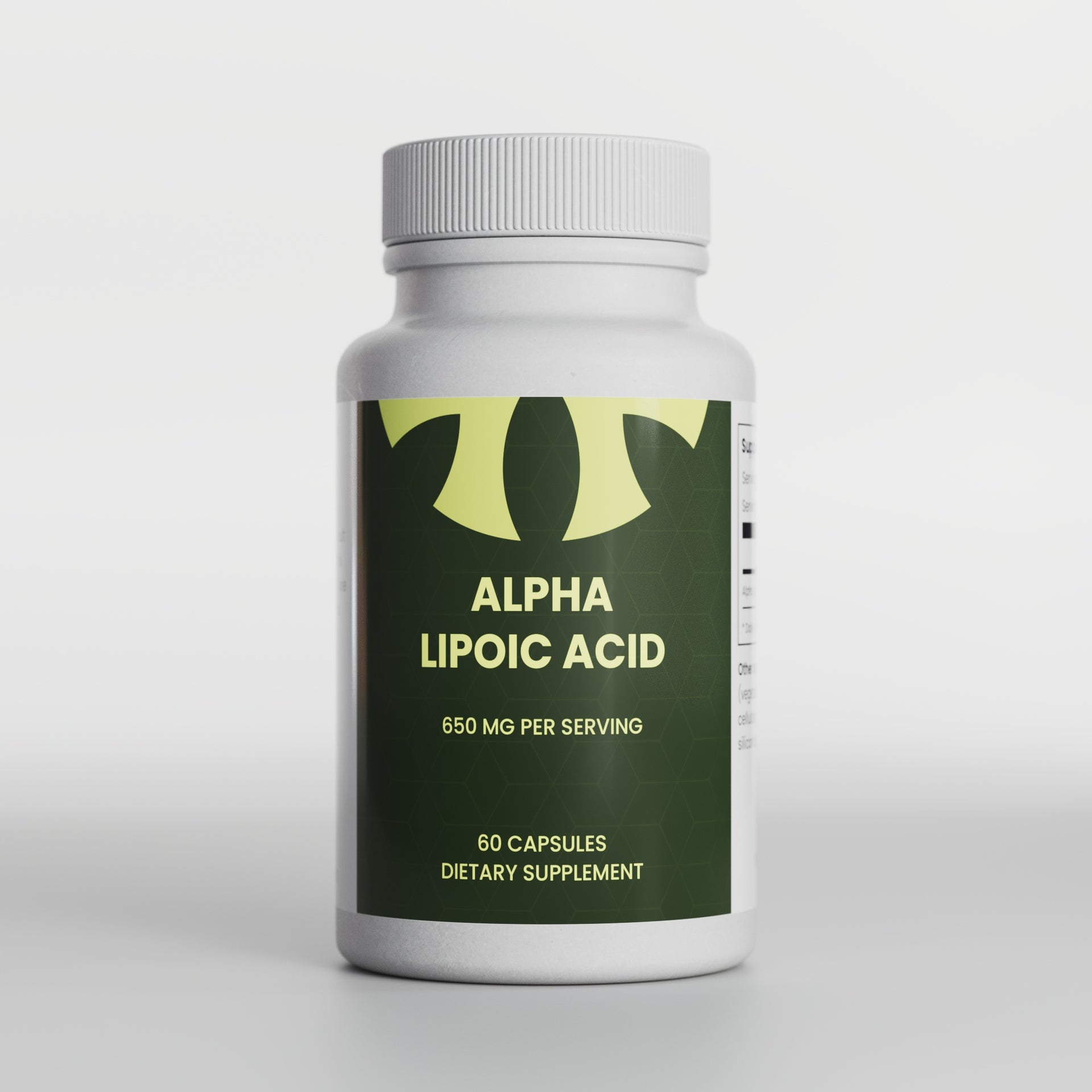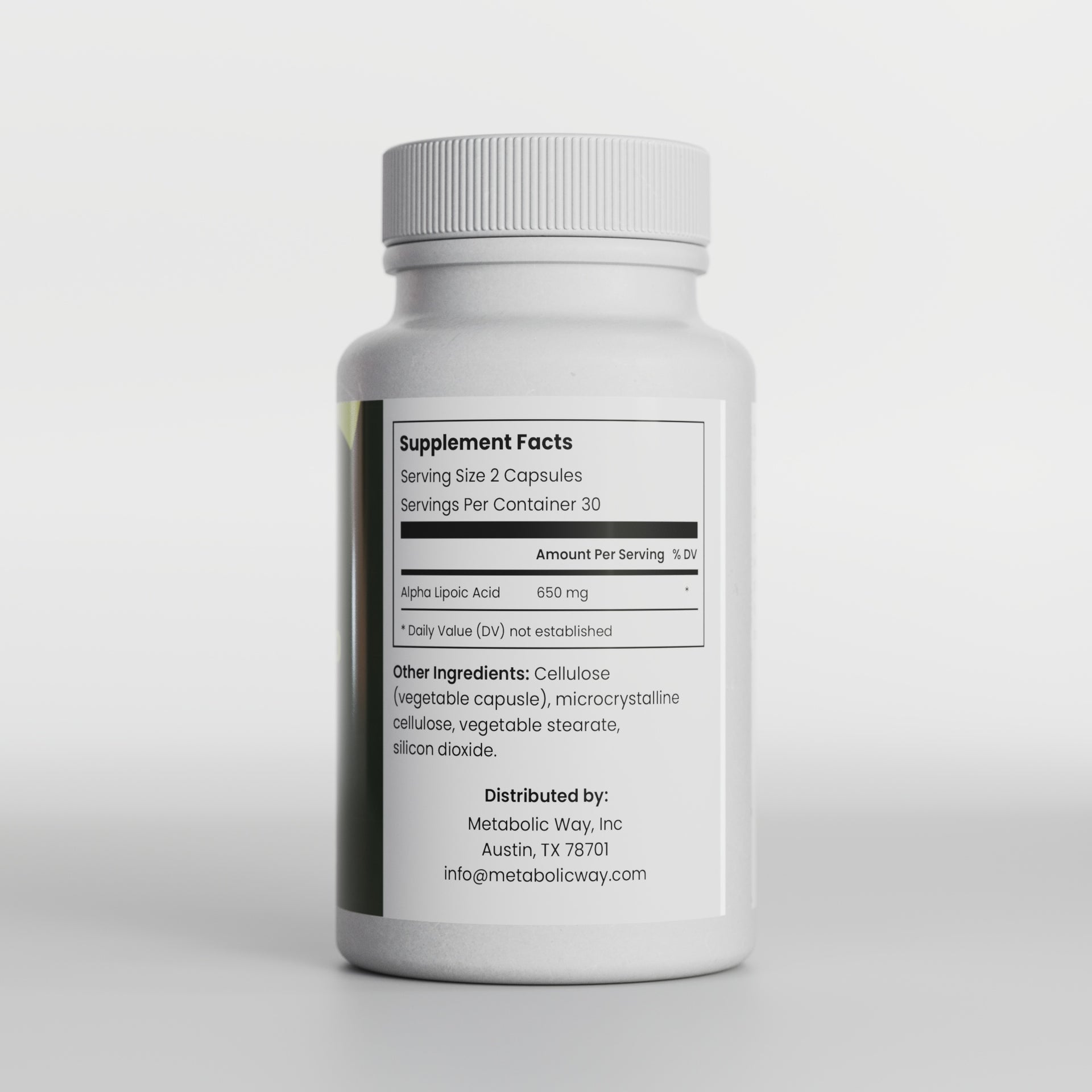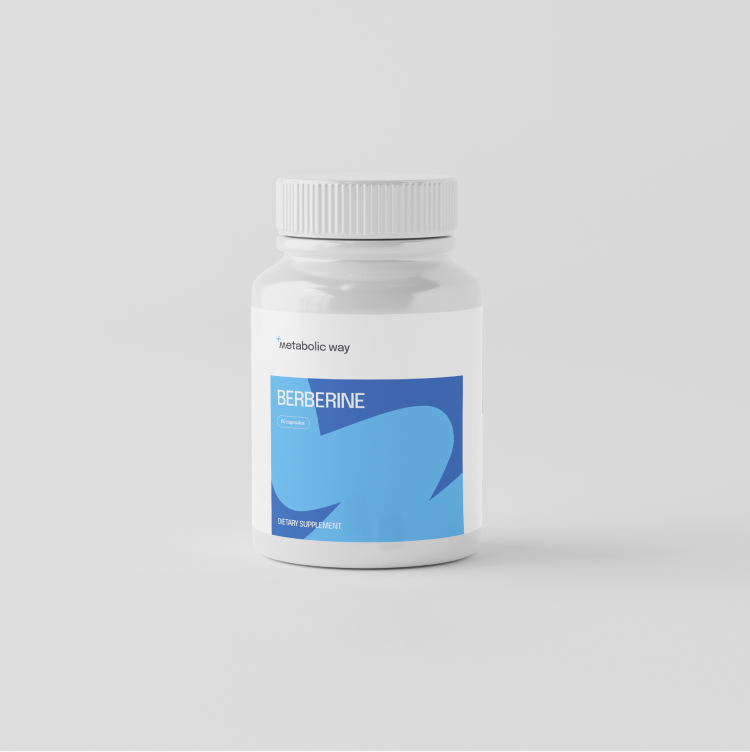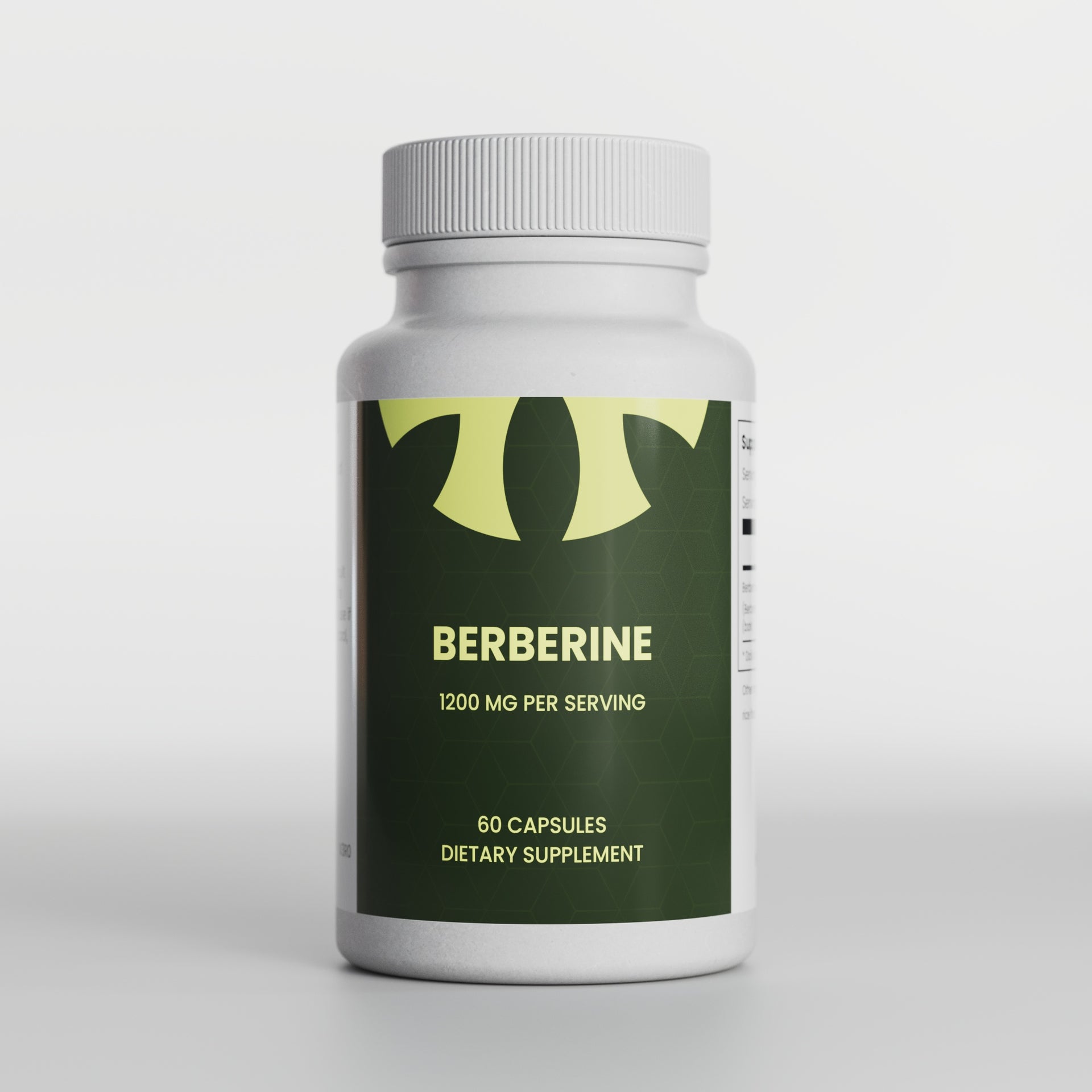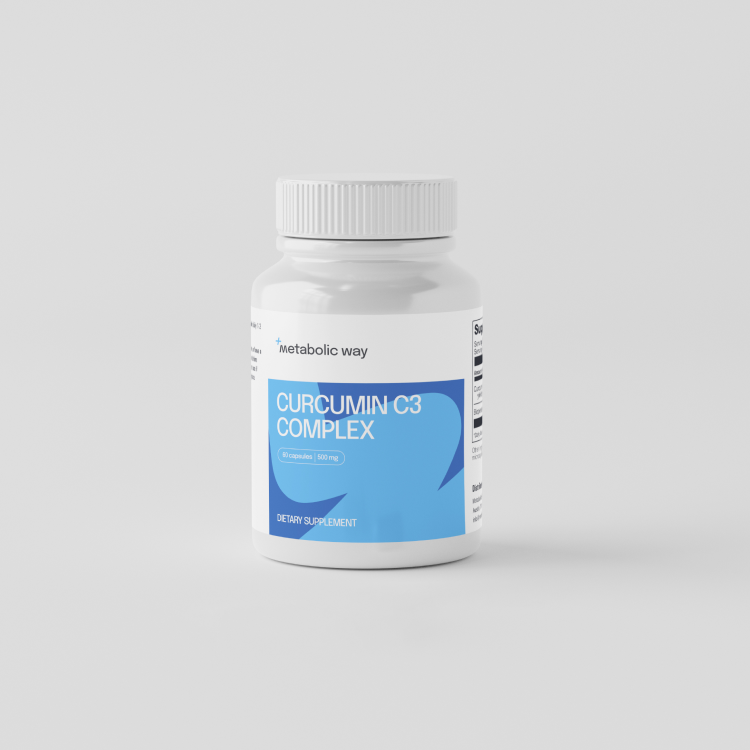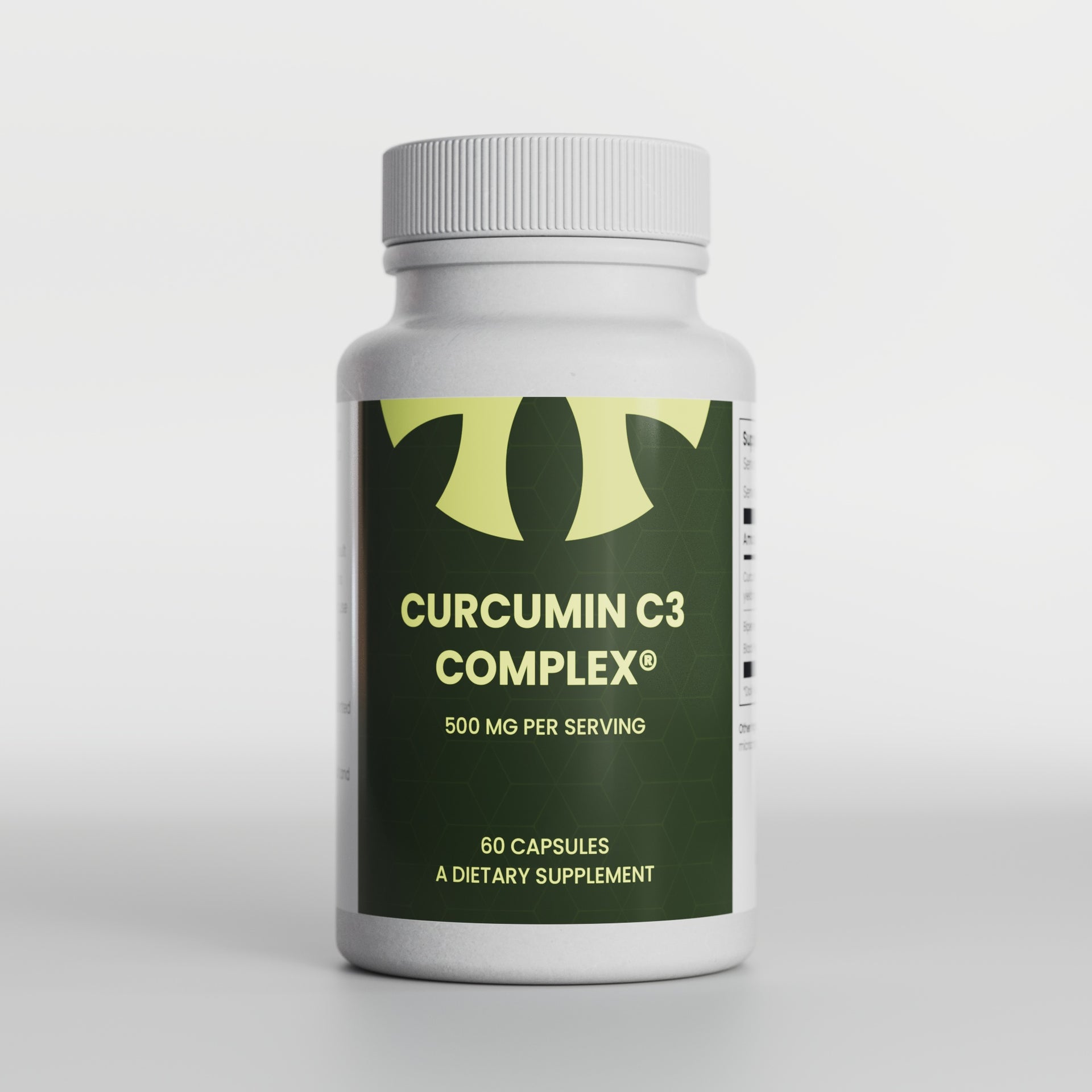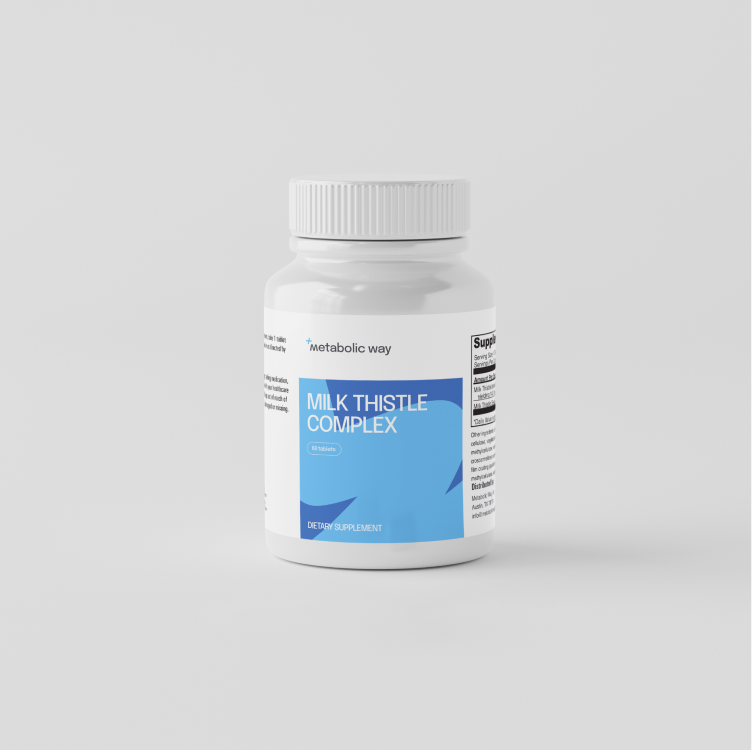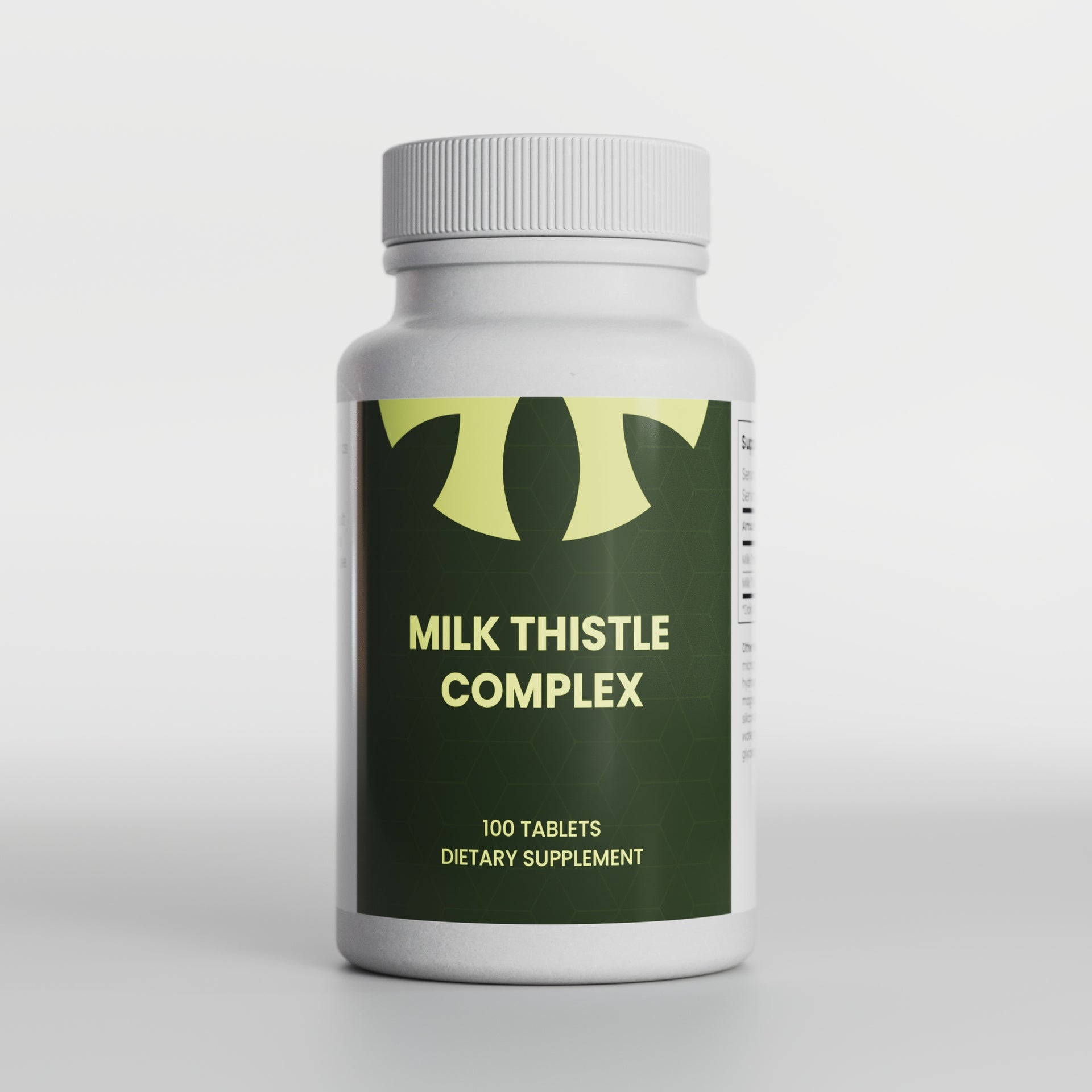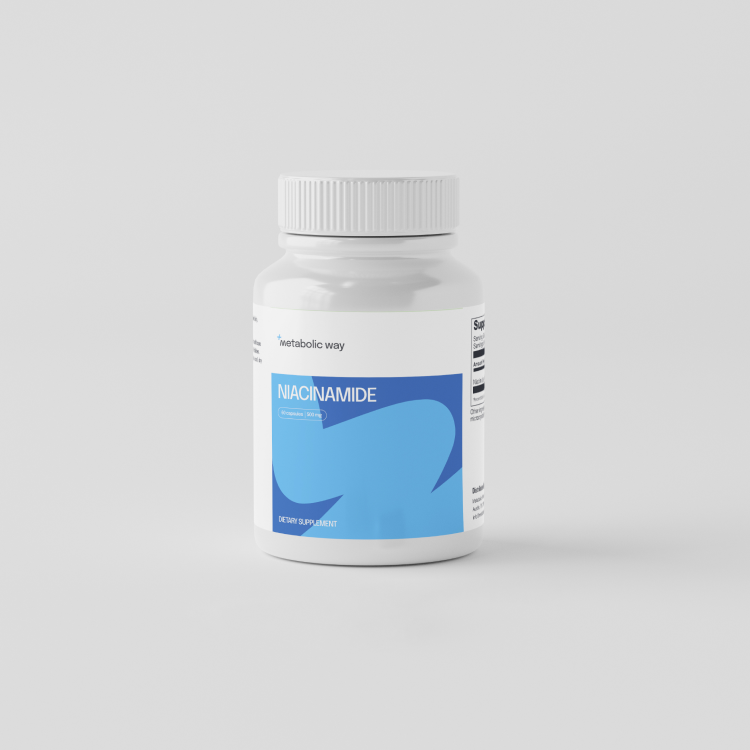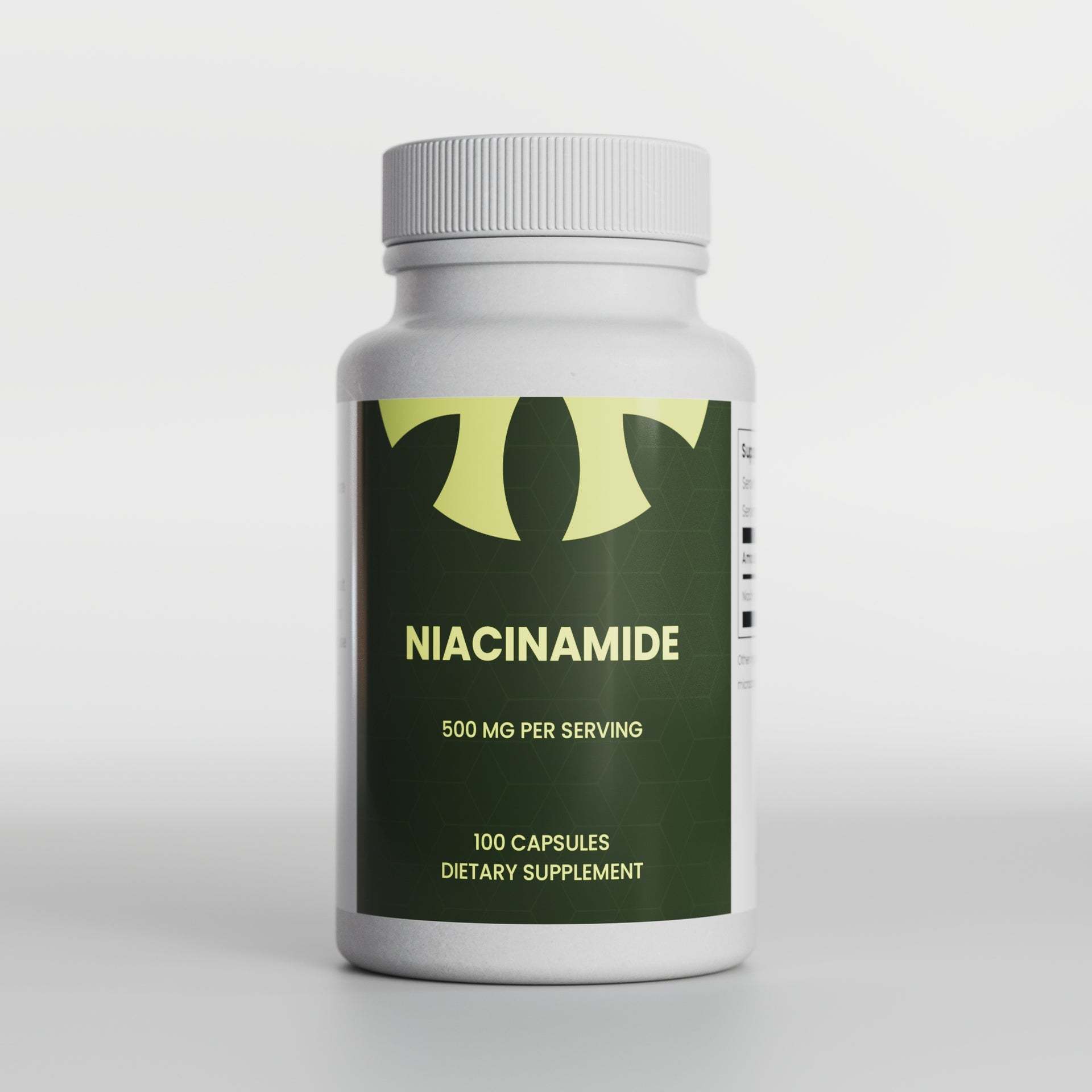Research Highlights:
Main Point 1: Radishes, once a form of currency and a tribute to gods, now offer valuable health benefits.
Main Point 2: Radishes are rich in isothiocyanates, compounds with potent anti-cancer properties.
Main Point 3: Epidemiological studies link high cruciferous vegetable intake, including radishes, to a reduced risk of lung and colorectal cancer.
Main Point 4: Isothiocyanates in radishes protect cells from DNA damage, induce cell death in tumors, inhibit tumor blood vessel formation, and hinder tumor cell spread.
Point 5: Sulforaphane, a specific isothiocyanate in radishes, has shown promise in inhibiting prostate, colon, breast, and ovarian cancer.
Point 6: Radishes can also contribute to gastric health by strengthening the mucosal barrier and aiding in ulcer prevention and healing.
Scientifically Reviewed by: Holli Ryan, RD, LD/N, in August 2023.
Introduction:
Radishes have come a long way from being a form of payment for laborers building the Egyptian pyramids to gold tributes to the god Apollo. Today, these crunchy and zesty root vegetables are highly valued for their health benefits. Radishes offer a rich source of fiber, folate, carotenoids, vitamins, minerals, and much more, making them a valuable addition to a healthy diet. In this article, we delve into the remarkable health benefits of radishes, particularly their potential to combat cancer through the presence of isothiocyanates.
What You Need to Know:
Point 1: Unlocking the Anti-Cancer Potential:
Radishes are packed with isothiocyanates, compounds that have demonstrated formidable anti-cancer properties. Incorporating radishes into your diet can be a proactive step in cancer prevention.
Section 1: Anti-Cancer Properties of Radishes
Subsection 1.1: Epidemiological Evidence:
Epidemiological studies have consistently shown that a diet rich in cruciferous vegetables, like radishes, is linked to a reduced incidence of lung and colorectal cancer.
Subsection 1.2: Isothiocyanates' Might:
Radishes contain phytochemicals known as isothiocyanates, which exhibit robust anti-cancer capabilities. Laboratory and animal studies have revealed that these compounds shield cells from DNA damage, trigger apoptosis (cell
suicide) in cancer cells, impede the formation of tumor blood vessels, suppress tumor cell metastasis, and help neutralize carcinogens.
Subsection 1.3: Sulforaphane's Versatility:
Among these isothiocyanates, sulforaphane stands out as a promising candidate. Studies indicate that sulforaphane has the potential to inhibit various cancers, including prostate, colon, breast, and ovarian cancer.
Section 2: Stomach Protection with Radishes
Subsection 2.1: Ancient Wisdom Validated:
Folk medicine's historical use of radishes for gastric ulcer treatment finds support in modern research. Radish juice strengthens the mucosal barrier, helping prevent gastric ulcers. Additionally, extracts from radish leaves have demonstrated ulcer-healing properties in animal studies.
Conclusion:
Radishes, once a symbol of wealth and tribute, now offer a different kind of wealth - health. Their abundance of isothiocyanates makes them a potent tool in the fight against cancer. Epidemiological evidence backs their role in reducing cancer risk, and studies on isothiocyanates, particularly sulforaphane, reveal exciting prospects for cancer prevention and treatment. Furthermore, radishes can contribute to gastric health by enhancing the mucosal barrier and aiding in the prevention and healing of gastric ulcers. As a low-calorie, nutrient-packed snack or addition to various dishes, radishes are a simple yet valuable addition to a cancer-preventive diet.
References:
- Pharmacol Res. 2007 Mar;55(3):224-36.
- Cancer Prev Res (Phila). 2015 Aug;8(8):712-9.
- Colorectal Dis. 2004 Jan;6(1):28-31.
- Drug Discov Today. 2004 Nov 1;9(21):908.
- Acta Obstet Gynecol Scand. 2007 Oct;86(10):1263-8.
- Famacia. 2008;56(2):204-14.
- Saudi Pharm J. 2011 Jul;19(3):171-6.
